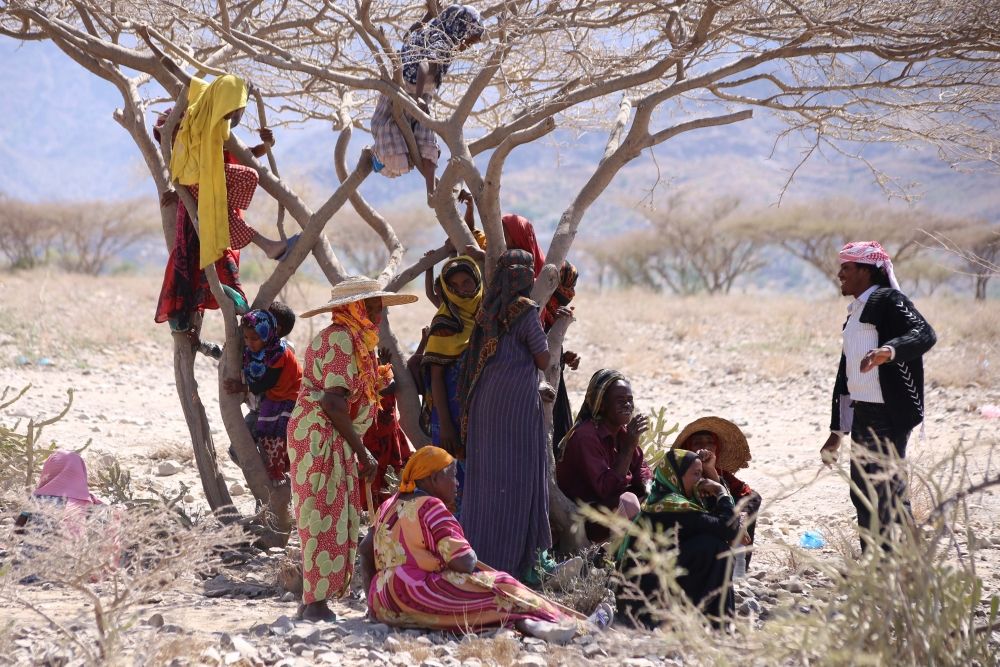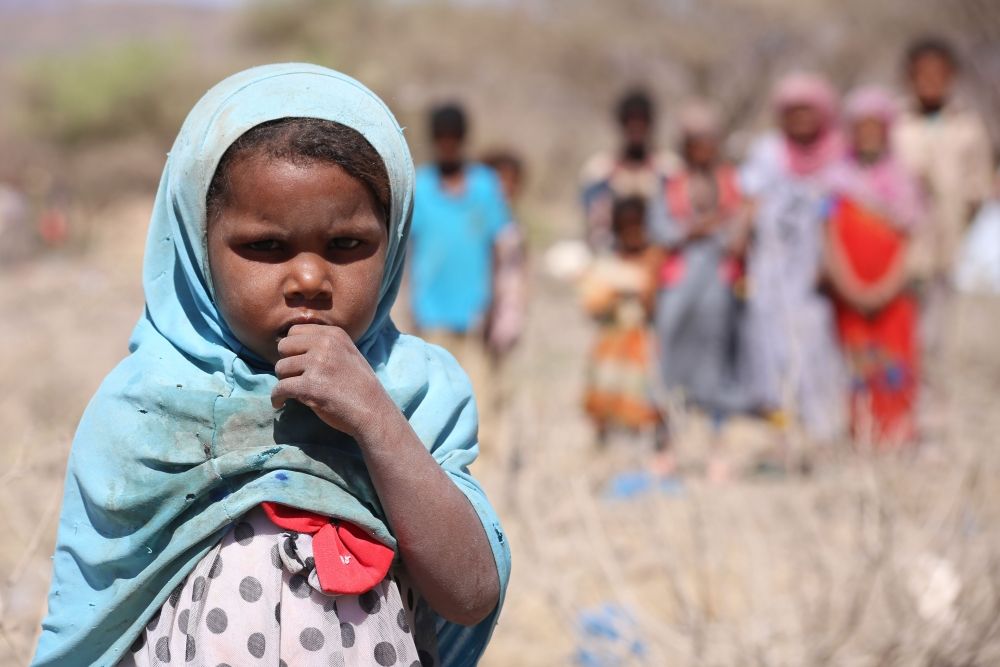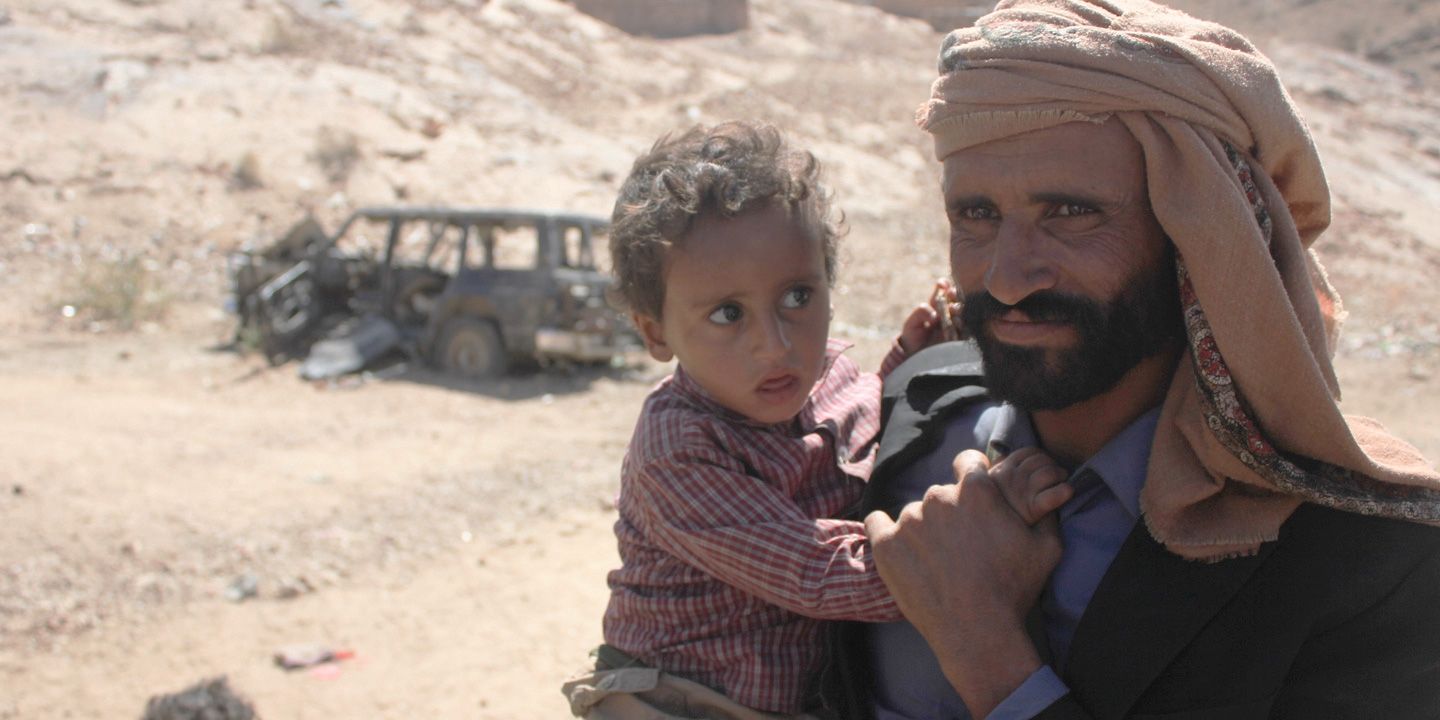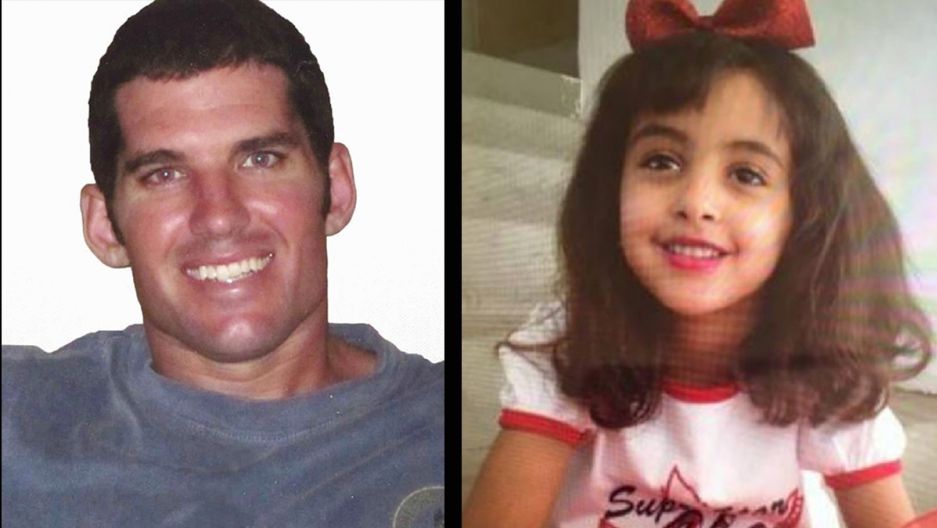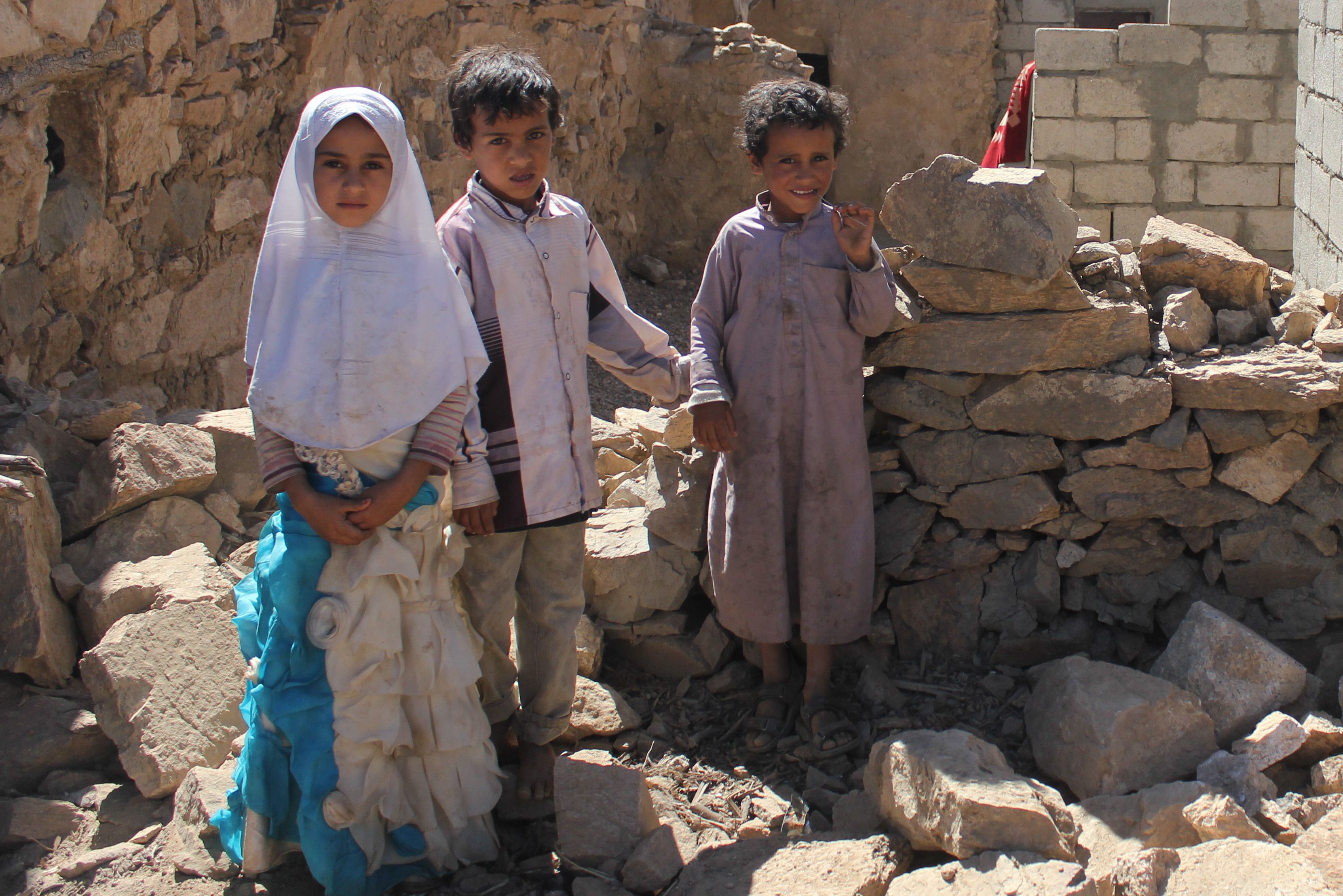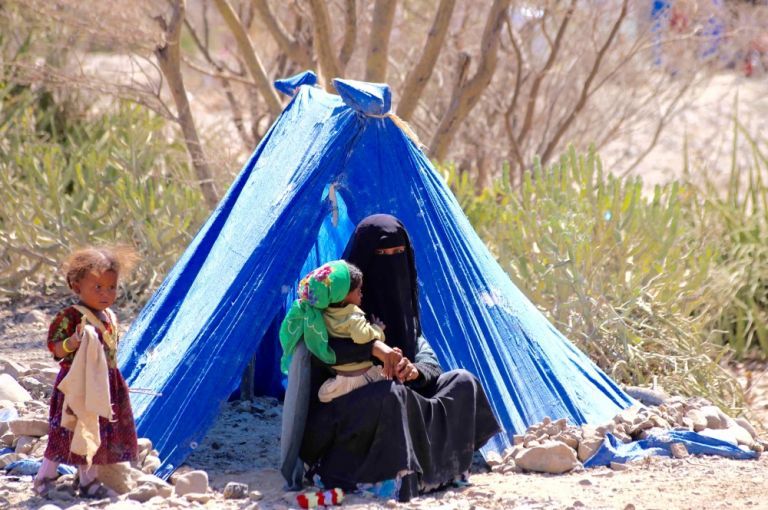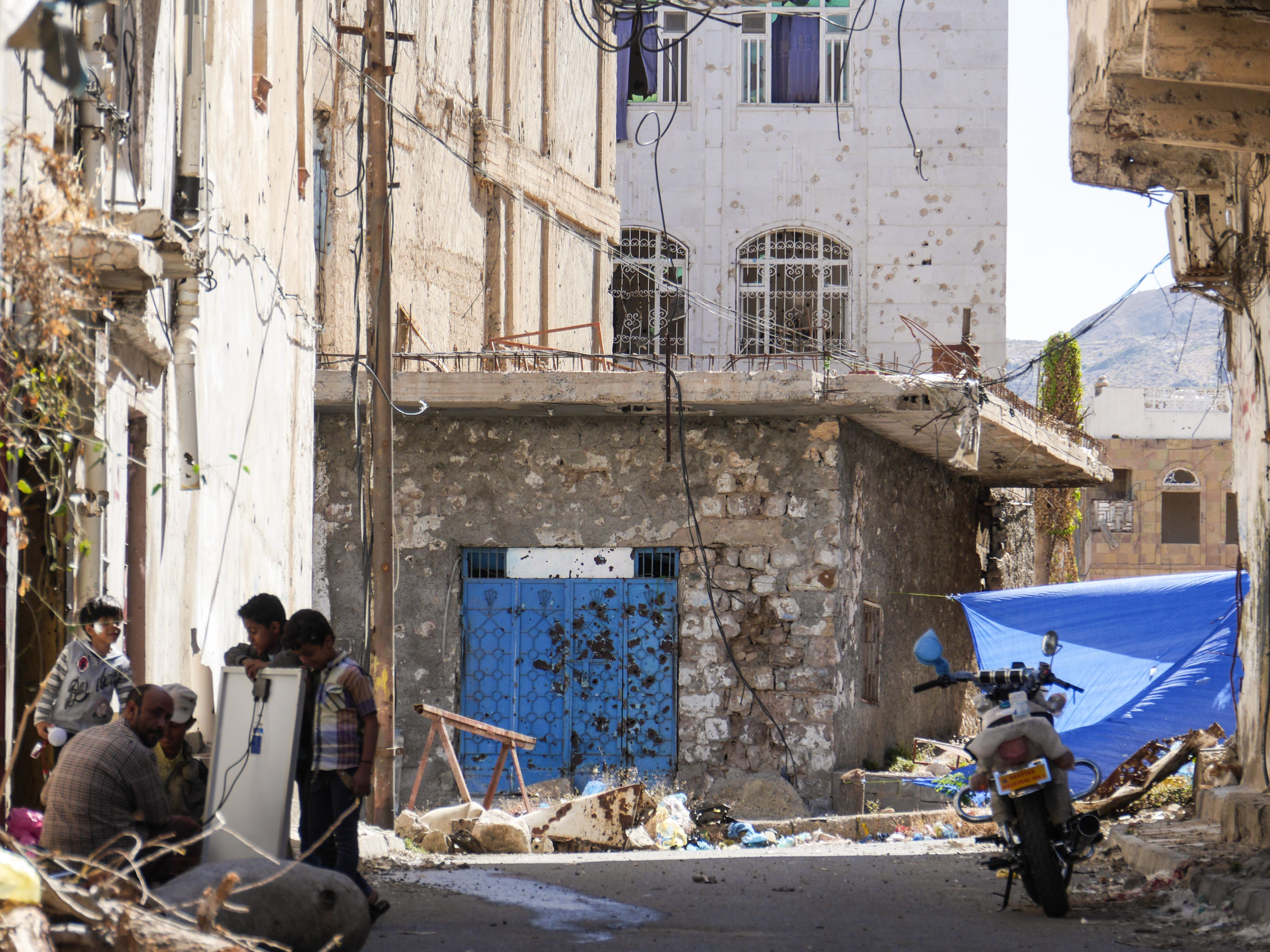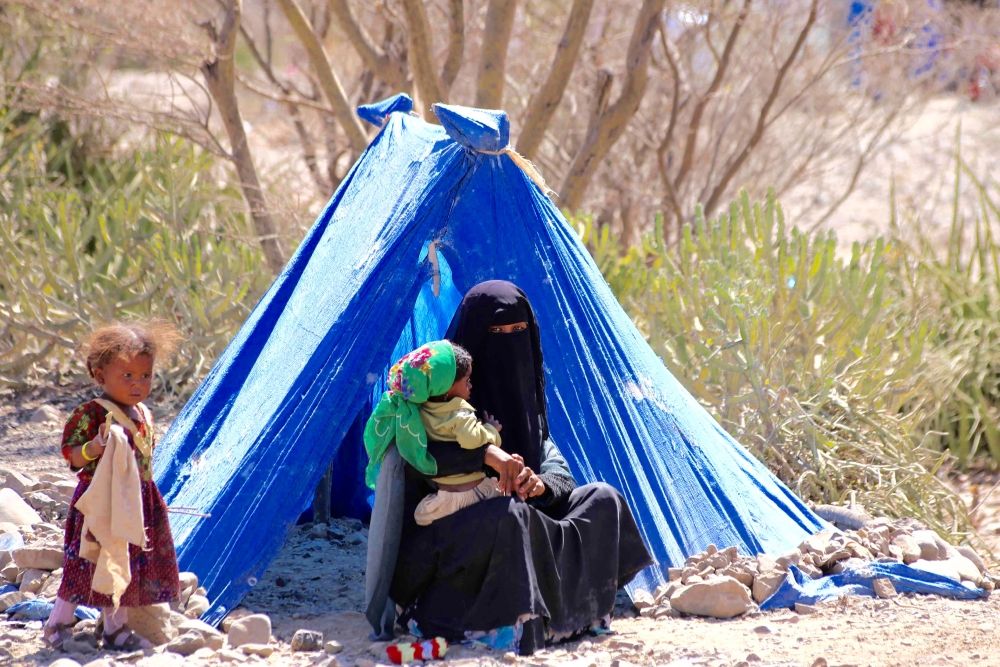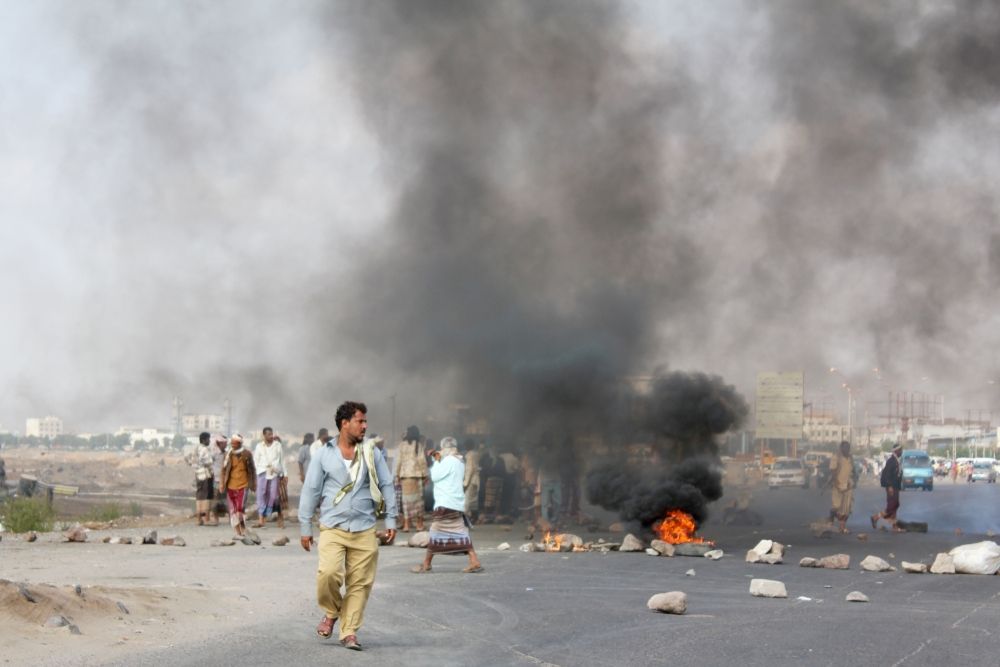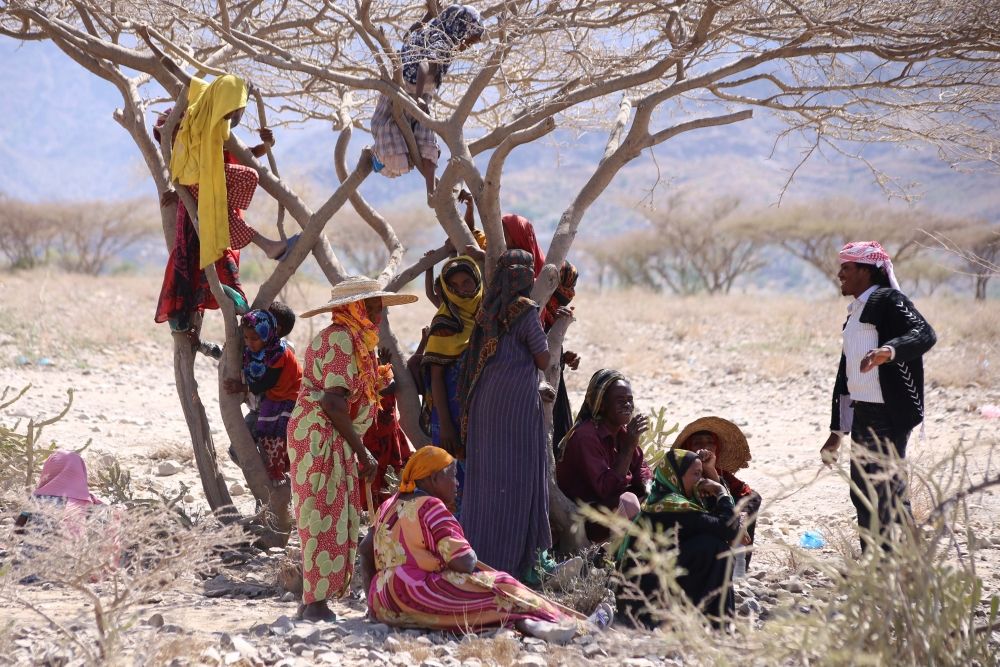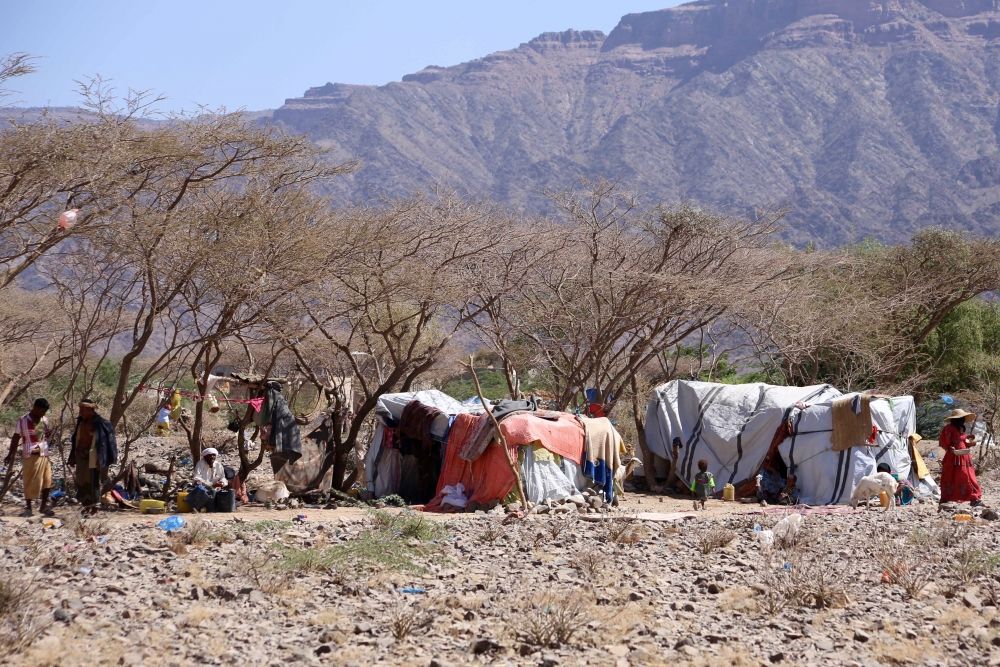Warm-up:
What are some current international events that you have been interested in?
- Where did you learn about these events?
- Whose job is it to tell people about what is going on in the world? Why?
Journalists will report on these events by going to the places where they are happening to see what's happening with their own eyes.
- Why is it important to go to the place where an important event is happening in order to report on that event?
- What do you think journalists do once they get to the place where they are hoping to report?
- What do they do if they are going somewhere that they cannot speak the language, the place has different customs/laws, or there may be a security risk?
Introducing the Lesson:
To learn more about how journalists prepare and what it is like to report from another country, read Iona Craig’s Field Note, “'Working in the Shadows,' Iona Craig Reflects While Reporting in Yemen.” As you read, take notes on how Craig researched and reported her story. (If you would like to learn more about Craig's career as a journalist, click here.)
Next, read or listen to at least one of Craig’s stories from Yemen that are in the Resource section of the lesson plan. As you read stories, take notes on your responses to the following questions:
1) What details most surprise/interest you?
2) How do you think Craig learned these details? What did she do as a reporter to find this information?
3) Where do you see evidence of the work Craig described in her "Field Notes" within her story?
Discussion:
If everyone in the class did not view or listen to all the resources, have people provide a quick summary of their additional story.
As a class discuss:
- What media does Craig use for her reporting?
- What is she reporting on?
- Why is she reporting on it?
- What was your reaction to the Field Notes and stories that you viewed or listened to?
- Why do you think that someone in the United States needs to know about this topic?
Based on the Field Notes, make a list of the things that Craig had to think about before she went to Yemen, and while she was there, in order to safely and effectively do her work. Compare this to what you answered for questions 2 and 3 at the beginning of class.
Extension Activity:
1. Pick a current event that interests you.
2. Read, watch, or listen to at least 3 stories from a reputable news source about the topic. (A great place to search for stories from different media outlets on a variety of global issues is the Pulitzer Center Reporting page.)
3. Imagine you are a journalist going to report on this current event and conduct research so you can answer that following questions.
- Where would you need to go?
- Who would you want to interview?
- What would you need to know before you left?
- What would you do once you arrived in the places you would report from?
4. Present your current event and reporting plan to the class as a five to seven-minute presentation.
You can assign the additional stories to read or let students select. Make sure that at least one person reads each story in the Resource section.
Most Pulitzer Center grantees (and foreign correspondents in general) hire a fixer to help them navigate the terrain, language, customs, and politics of the places they are reporting from. You and your students can learn more about fixers here (http://pulitzercenter.org/reporting/journey-jordan-fixer-friend) and here (http://pulitzercenter.org/blog/putting-fix-finding-fixers-faraway-places).
